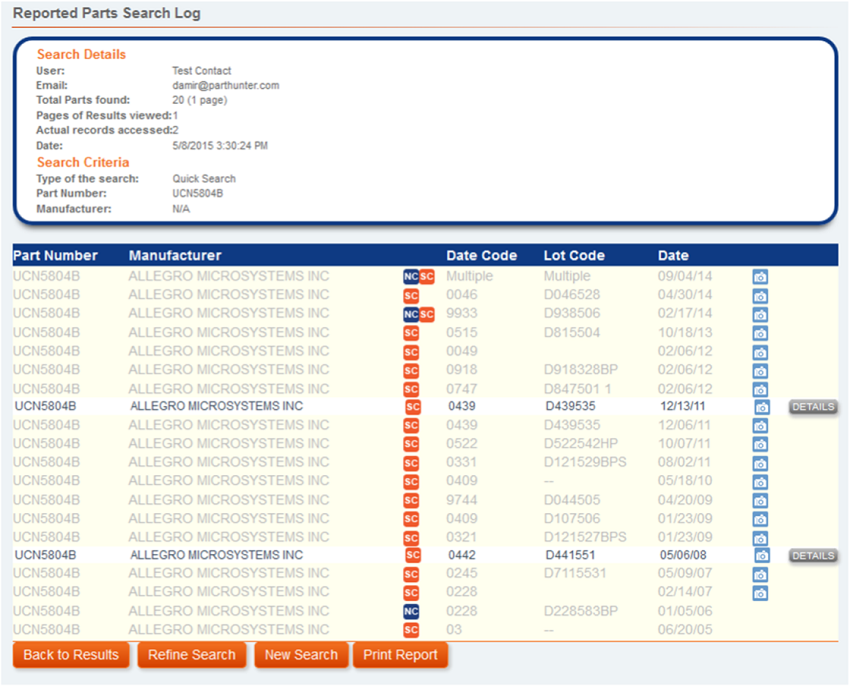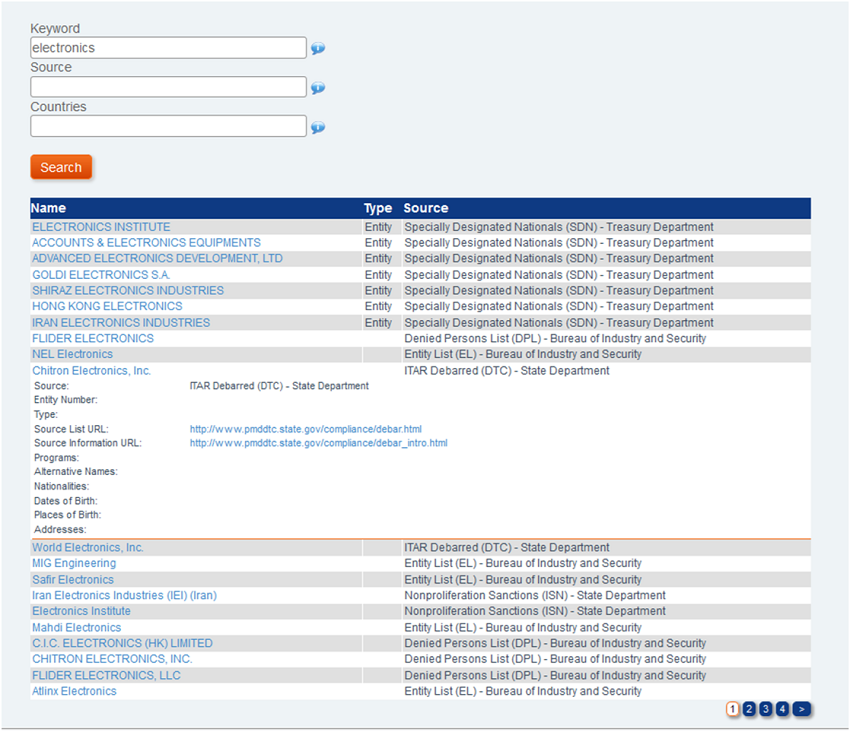ERAI Website New Features
In 2015, the following new features have been added to the ERAI website:
2015 ERAI Executive Conference Downloads
We hope you enjoyed the 2015 ERAI Executive Conference as much as we did. We have obtained permission from most of our speakers to provide their presentations to our Members. If you would like to revisit a presentation you enjoyed or if you did not get the chance to join us in San Diego, you can now download copies of many of the informative presentations in PDF format at the ERAI website. Simply go to Events in the top site navigation and select ERAI Executive Conference 2015. In the Conference submenu select "Downloads" to get to the downloadable presentations.
ERAI Blog Subscriptions
If you are interested in staying up-to-date on all new postings made to the ERAI Blog, we now offer a subscription service. Simply go to any ERAI Blog page and enter your email address into the "Subscribe to ERAI Blog" field and click on the "Subscribe" button. The ERAI website will send you alerts every time a new blog post had been added with a direct link to the newly added item.
Reported Parts Search Log
With the new DFARS regulations and the pervasiveness of suspect counterfeit parts throughout the supply chain, it is important for ERAI Members to be able to show due diligence was performed during the process of sourcing and trading electronic goods. With this in mind, ERAI has created a logging tool that makes a record of every reported parts search performed by our members on the ERAI website. The system records the entire process of a reported parts search including:
- The user that has performed the search.
- The date and time the search was conducted.
- The search criteria used to conduct the search.
- The pages of results that the user accessed (some searches may result in multiple pages of results so the system records which page(s) of results were in fact accessed and viewed).
- The actual reported parts within the search results that were accessed by the user.
Any user can later go to the Reported Parts Search Log tool and pull a report that shows the part searches conducted during a specific period of time by a specific user to be able to provide a proof of due diligence conducted on the part they may have provided to a third party that requires proof of such due diligence.
It is important to note that the Reported Parts Search Log not only records the details of the search performed, but also saves a "snapshot" of the database at the point the search was conducted. That means that when the tool is used to look at a specific search conducted at a prior date, the results that are displayed will look EXACTLY the same as they looked like at the time the original search was conducted. Therefore if any of the data was edited or new data was added since the search, the results will not reflect these recent changes and will only present the data EXACTLY as it looked like at the time of the search.
Furthermore, the logged search will ONLY show the data that the user had in fact seen at the time the search was conducted. If specific pages of the conducted search's results were not accessed during the original search, they will not be accessible in the log tool. Therefore the log will show not only what the user had search for, but also which parts of the search results the user had actually seen at the time of the original search.
As the recorded search is accessed, the user is presented with a detailed description of the search including:
- User: Name of the user that originally conducted the search
- Email: Email address of the user
- Total parts found: Shows the number of parts within the search results and number of pages of results
- Pages of results viewed: Shows the number of actual pages of results accessed by the user
- Actual records accessed: Number of actual reported part profiles accessed by the user
- Date: Date the search was conducted
- Type of search: Quick search
- Part Number: Part number searched for by the user
- Manufacturer: Manufacturer searched for by the user

Users can then look at the data the original user conducting the search viewed and can then print out a Certified ERAI Search Report. The Certified ERAI Search Report contains the same information with the addition of watermark seals on the main search description page as well as on every specific part profile page of the report. The watermark seal includes a date of access and an individual numeric ID that a third party can use to verify the authenticity of the search data and a search date from the ERAI website, providing ERAI Members with a detailed and verifiable record of a part search conducted.
An example of a main search verification watermark seal is below:

Each part profile accessed during the search will show its own verification seal that also lists the part number as well as the numeric ID and the exact date and time the reported part's details were viewed by the user (see below):

The numeric ID on the bottom of the seal can be used to verify the authenticity of the information by visiting the ERAI Reported Parts Search Log and searching by Search Reference ID or Part Reference ID.
This new tool is included as part of ERAI membership and is available to all current ERAI subscribers. To access the ERAI Reported Parts Search Log, simply log into the ERAI website and go to the "Search" tab in the top navigation.
Users without administrative rights on the ERAI website will only have access to their own search logs. Users that have Company Administrator privileges are able to search throughout the logs of all users within their company.
Nonconforming Parts Submission Categories
The ERAI website online reported parts submission form now offers an option to use our Reported Parts Category Database-based submission routine that enables you to use a simple checkbox list of over 75 types of non-conformities to "build" your reported part's description.
To use this method of submission when reporting a nonconforming part to ERAI, please click on the "Report" tab in the ERAI website top navigation, then select Report a Part in the resulting submenu. Once you enter the basic part information you will be presented with a choice to write your own description of non-conformance or to use ERAI's Nonconformance Category Selector.
US Consolidated Screening List
ERAI Members can now search the US Government's Consolidated Screening List (CSL) directly on the ERAI website. Per the Bureau of Industry and Security, "the CSL is a streamlined collection of nine different "screening lists" from the U.S. Departments of Commerce, State, and the Treasury that contains names of individuals and companies with whom a U.S. company may not be allowed to do business due to U.S. export regulations, sanctions, or other restrictions. If a company or individual appears on the list, U.S. firms must do further research into the individual or company in accordance with the administering agency’s rules before doing business with them."
We have integrated the search from all 9 screening lists in one easy to use tool on the ERAI website. You can run a quick search through all 9 lists or you can narrow down your search to a specific list and even filter the results pertaining to a specific country.
To access the US Consolidated Screening List search, simply log into the www.erai.com and click on the "Search" tab in the top navigation of the website.
